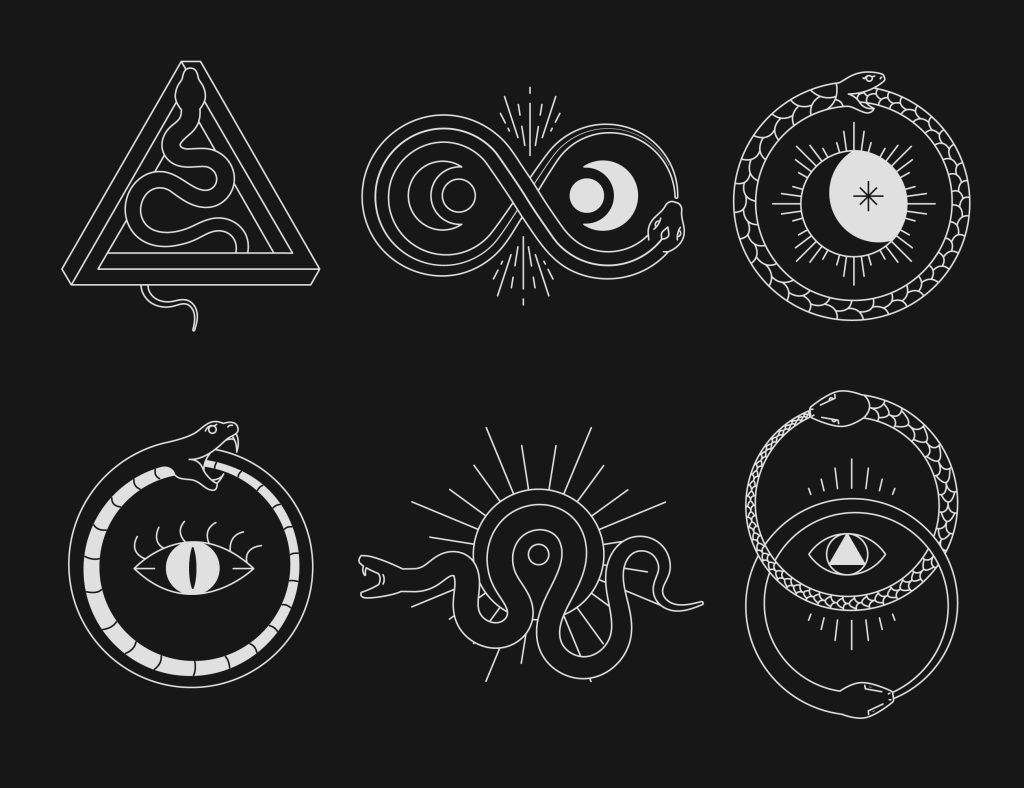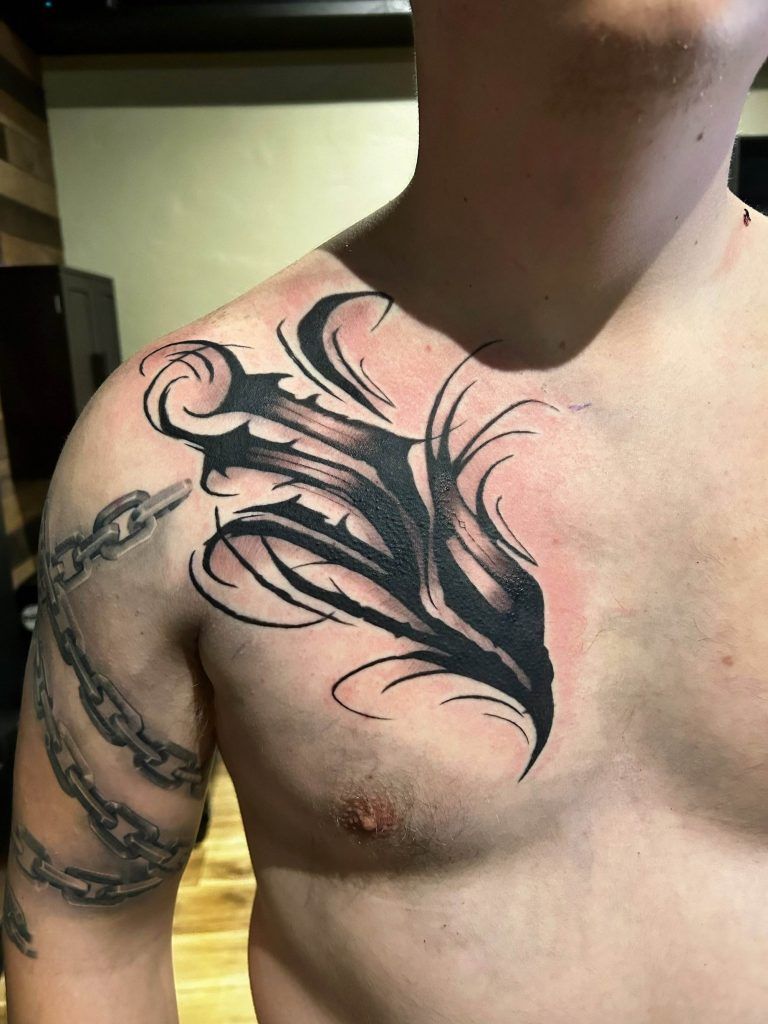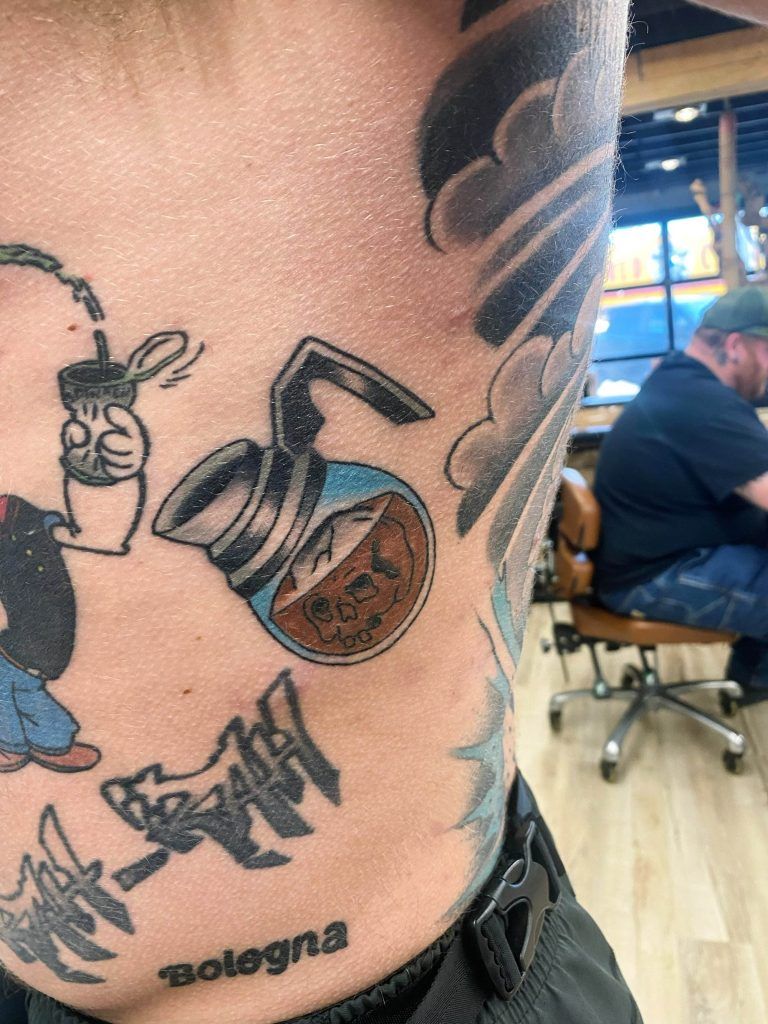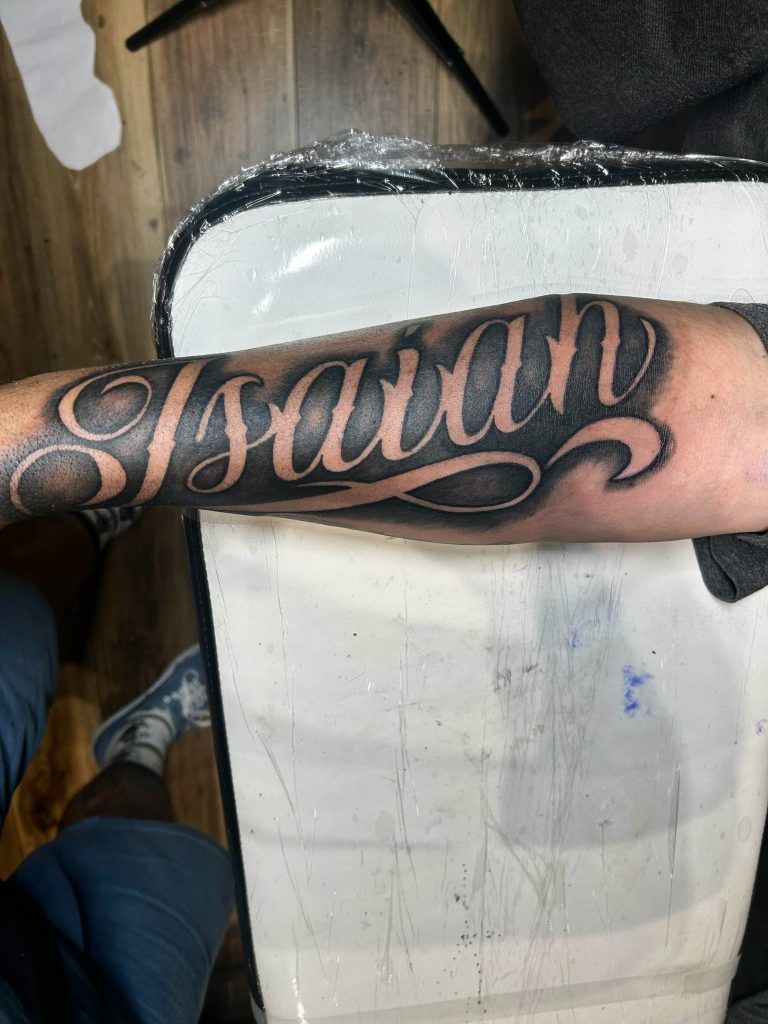There comes a time when some people want to get rid of an old tattoo. Maybe the design no longer resonates with them, or it reminds them of a past they’d rather leave behind. In such cases, two primary options are available: tattoo removal or a cover-up. Deciding between these options can be challenging, as both have their pros and cons. In this article, we’ll break down the differences between tattoo removal and cover-ups, helping you make an informed decision on which approach is right for you.
1. Understanding Tattoo Removal
Tattoo removal is a process that uses laser technology to break down the ink particles in your skin, allowing your body to naturally flush them out over time. While the process has become much more advanced in recent years, it still requires patience and multiple sessions.
There are a few key things to consider about tattoo removal:
Time Commitment: Depending on the size, color, and age of the tattoo, it can take anywhere from 5 to 15 sessions for complete removal. Each session is spaced out by several weeks to allow your skin to heal.
Cost: Laser tattoo removal is not cheap. The price can add up quickly, with each session costing anywhere from $100 to $500, depending on the complexity of the tattoo.
Pain Level: Tattoo removal can be painful, often described as feeling like a rubber band snapping against your skin repeatedly. Some people find it more uncomfortable than getting the original tattoo.
Effectiveness: The success of tattoo removal depends on several factors, including the colors used (black and dark blue are easier to remove than green or yellow), your skin type, and the quality of the original tattoo.
While tattoo removal is effective, it’s not always a quick fix, and it may not be suitable for everyone.

2. The Benefits of Tattoo Cover-Ups
For those who want to change an existing tattoo rather than completely erase it, a cover-up is a great option. cover-up tattoos involve layering a new design over the old one, using strategic placement, shading, and colors to mask the original ink. Here are some of the benefits of opting for a cover-up:
Faster Process: Unlike tattoo removal, which can take several months, a cover-up tattoo is usually completed in one or two sessions, depending on the size and complexity of the new design.
Cost-Effective: Cover-ups are typically less expensive than laser removal, making them a more budget-friendly option for transforming unwanted tattoos.
Less Painful: While there will be some discomfort involved in getting a cover-up, most people find it more tolerable than the repeated zaps of laser removal.
Opportunity for a Fresh Design: Cover-ups allow you to turn an unwanted tattoo into a new piece of art that reflects your current style and personality.
Cover-up tattoos require an experienced artist who understands how to work with existing ink, but the results can be stunning and transformative.
3. When Tattoo Removal is the Better Option
Tattoo removal might be the better choice in certain situations. Consider removal if:
You Want a Clean Slate: If you want to completely remove a tattoo and don’t want to replace it with new ink, laser removal is the way to go.
The Tattoo is Very Dark or Large: Extremely dark or large tattoos can be difficult to cover up effectively. In such cases, a few sessions of laser removal can lighten the tattoo enough to make a cover-up more feasible.
You Have Skin Sensitivities: If you have sensitive skin or are prone to allergic reactions, laser removal might be a better option to avoid potential complications from adding more ink.
While tattoo removal takes time and patience, it’s often the best solution for those who want a tattoo gone without any traces left behind.

4. When to Choose a Cover-Up
If you’re open to changing your existing tattoo rather than eliminating it, a cover-up may be the best option. Choose a cover-up if:
You Want to Transform the Old Tattoo: Cover-ups allow you to change the meaning, style, and appearance of the old tattoo without having to remove it completely.
You’re Looking for a Quick Fix: If you don’t have the time or budget for multiple removal sessions, a cover-up can provide a faster solution.
The Original Tattoo is Small or Faded: Faded or small tattoos are easier to cover and require less intricate designs to mask them effectively.
Cover-ups are perfect for those who want to keep the general area tattooed but want to upgrade the design into something more meaningful or visually appealing.
5. Combining Removal and Cover-Ups
In some cases, a combination of tattoo removal and cover-up might be the best solution. Lightening a tattoo with a few sessions of laser removal can make the cover-up process much easier and more effective. This approach is ideal if:
The Original Tattoo is Very Dark: Lightening the tattoo with laser sessions can open up more options for the cover-up design.
You Want a Complete Style Change: If you want to switch from a dark, solid design to something more delicate or colorful, lightening the original tattoo first will help achieve the desired effect.
Combining both methods allows for more flexibility and can help you achieve the best possible result for your new tattoo.
6. Consulting with a Professional
Deciding between tattoo removal and a cover-up can be overwhelming. Consulting with a professional tattoo artist who specializes in cover-ups or a licensed laser removal technician is the best way to determine your options. They can assess your current tattoo, skin type, and desired outcome to help you choose the right approach.
Remember, each tattoo is unique, and there’s no one-size-fits-all solution. A professional consultation will provide you with realistic expectations and help you make an informed decision.
Conclusion
Choosing between tattoo removal and a cover-up depends on your goals, budget, and willingness to undergo the process. If you want to erase the tattoo completely, laser removal is the best option. However, if you’re looking to transform an old design into something new, a cover-up can be a creative and cost-effective solution. At Funhouse Tattoo SD, we’re experienced in both cover-ups and working with clients who have undergone removal sessions. If you’re considering changing or removing a tattoo, reach out to us for a consultation to explore the best path forward.




